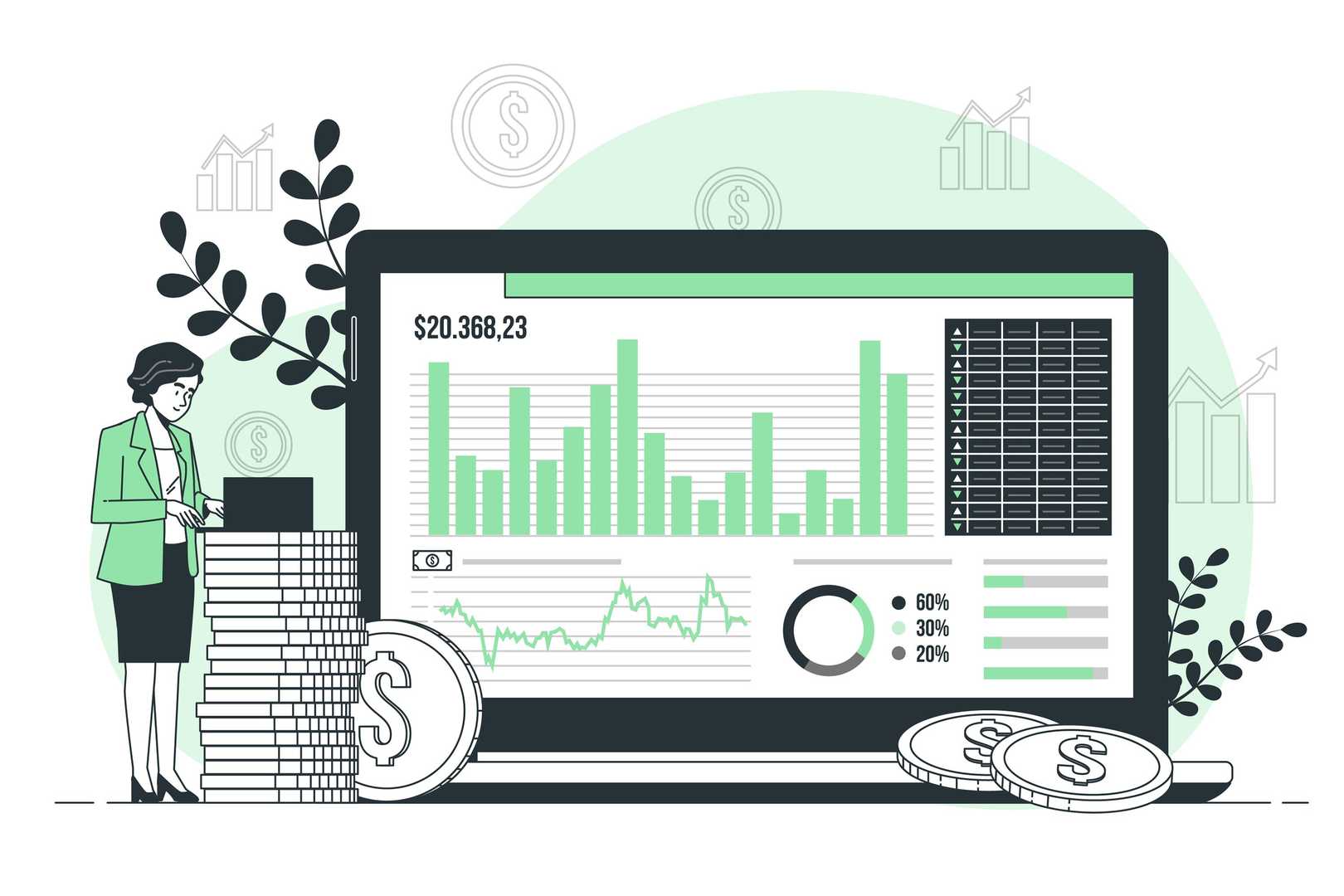In the rapidly evolving realm of business analytics, understanding the past is as crucial as predicting the future. Descriptive analytics, which deals with analyzing historical data to identify patterns and trends, has emerged as a powerful tool for businesses looking to optimize performance. As businesses grapple with vast amounts of data, it becomes vital to assess the tangible benefits of such analytics. In this article, we will delve deep into the impact of descriptive analytics on business performance and explore its multifaceted advantages.
Understanding Descriptive Analytics
Before we venture into the realm of impact assessment, it’s imperative to have a clear understanding of what descriptive analytics entails. Descriptive analytics focuses on interpreting historical data to identify trends, patterns, and anomalies. By scrutinizing past events, businesses can gain insight into what has occurred and why. This process often involves the use of data aggregation and data mining techniques to provide a clear snapshot of past performance.
Enhanced Decision-Making Capabilities
ALT: A business meeting for analyzing descriptive analytics to determine business decision-making
One of the most significant advantages of descriptive analytics is its role in enhancing decision-making capabilities. By providing a clear picture of past performance, business leaders are equipped with evidence-based insights. These insights play a pivotal role in decision-making processes, enabling managers to base their choices on data rather than intuition or mere speculation.
For instance, consider a retail business that wants to optimize its product placement strategy. By examining historical sales data related to product placement, the company can identify which placements led to increased sales. This insight, in turn, can guide future decisions about store layout and product positioning.
Mitigating Risks Through Historical Data Analysis
Businesses, irrespective of their size or domain, face a myriad of risks daily. While some risks can be anticipated and avoided, others manifest suddenly and unexpectedly. Descriptive analytics, by analyzing past events, can serve as a risk-mitigation tool. For example, in the banking sector, by studying past loan defaulters’ patterns and behaviors, banks can create models to predict potential defaulters in the future. This predictive capability, rooted in descriptive analytics, allows financial institutions to tailor their loan approval criteria, thus minimizing bad debts and associated risks.
Identifying Business Opportunities
Success in business isn’t just about avoiding pitfalls—it’s also about seizing opportunities. Descriptive analytics, through its detailed analysis of past events, can highlight overlooked opportunities. By analyzing sales data, customer feedback, and market trends from previous years, businesses can spot potential areas of growth or expansion.
Imagine a restaurant chain analyzing data related to the popularity of various menu items across different locations. If a particular dish performs exceedingly well in one region but isn’t available in another, there’s a clear opportunity to introduce that dish in the latter region, potentially driving increased sales.
Optimizing Operational Efficiencies
Operational efficiency is a cornerstone of sustainable business growth. It involves streamlining processes, reducing wastage, and ensuring that resources are used judiciously. Descriptive analytics can play a crucial role in enhancing these efficiencies.
For instance, a manufacturing unit might analyze data related to production downtimes. By studying the reasons and durations of past downtimes, the unit can adopt measures to prevent their recurrence, ensuring smoother operations and reduced production costs.
A Closer Look at Customer Preferences
In today’s customer-centric business landscape, understanding your audience is paramount. Descriptive analytics allows businesses to delve deep into customer preferences, behaviors, and purchasing patterns. Such insights can be invaluable in tailoring products, services, and marketing strategies to resonate better with the target audience.
By analyzing past sales and customer feedback data, a business can identify which products were bestsellers and which ones lagged. This analysis can guide product development, pricing strategies, and marketing campaigns, ensuring they align with customer preferences.
Unraveling the True Potential of Descriptive Analytics
Descriptive analytics, often overshadowed by its predictive and prescriptive counterparts, holds immense potential for businesses. It lays the foundation for understanding past performance, paving the way for predictive analytics to forecast future trends and prescriptive analytics to recommend actionable steps. As businesses grapple with an increasingly data-driven landscape, leveraging descriptive analytics becomes imperative, not just as a tool for reflection but as a beacon guiding future strategies and decisions.






